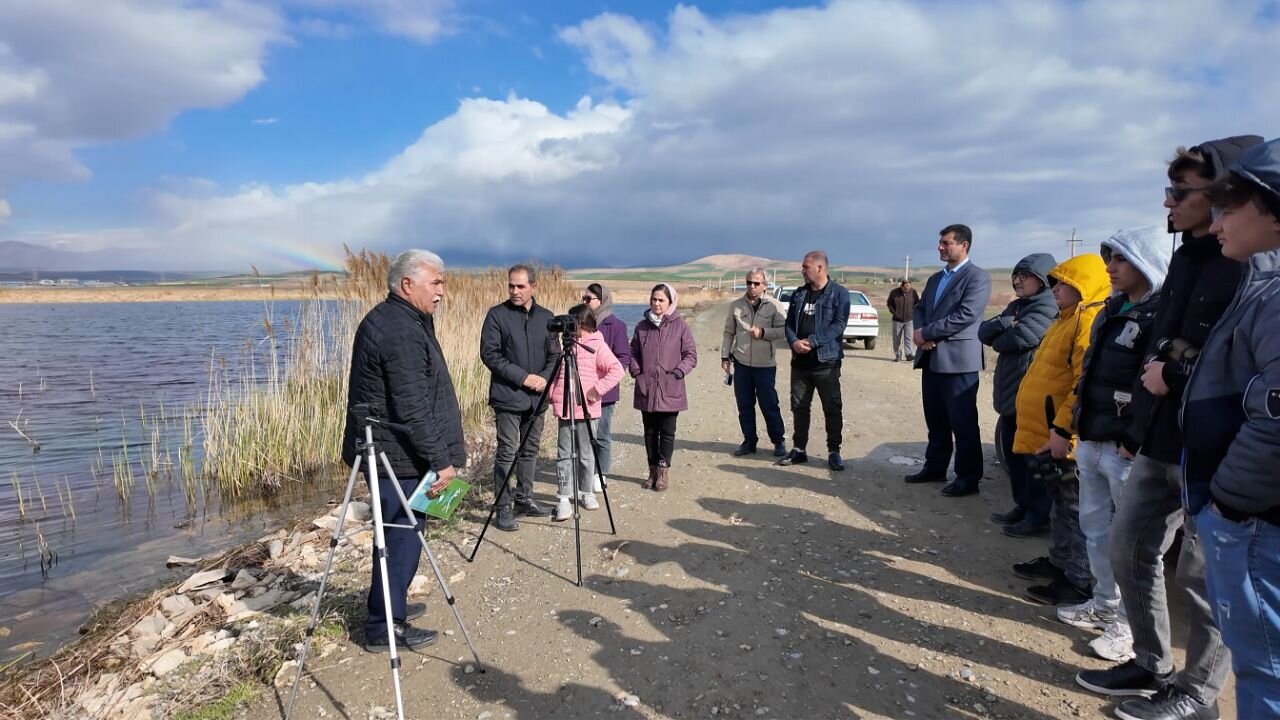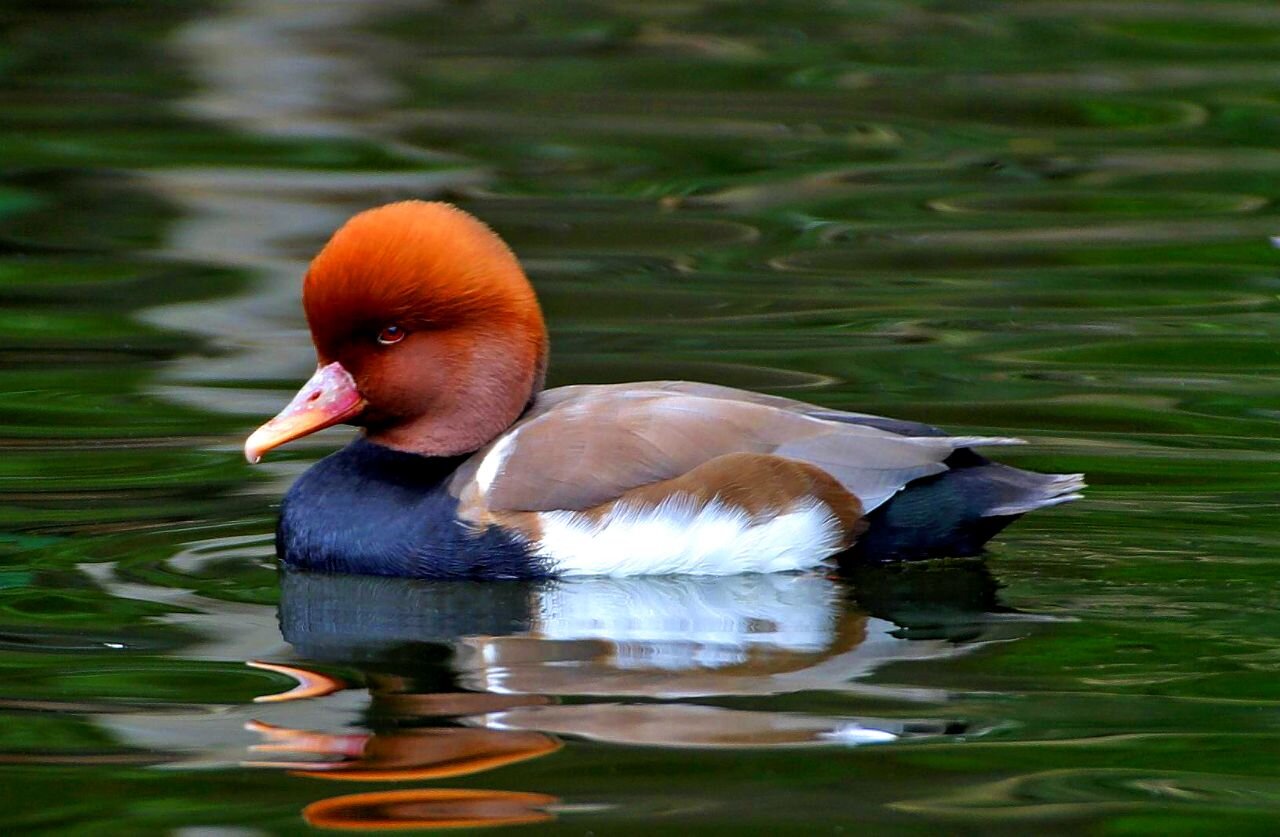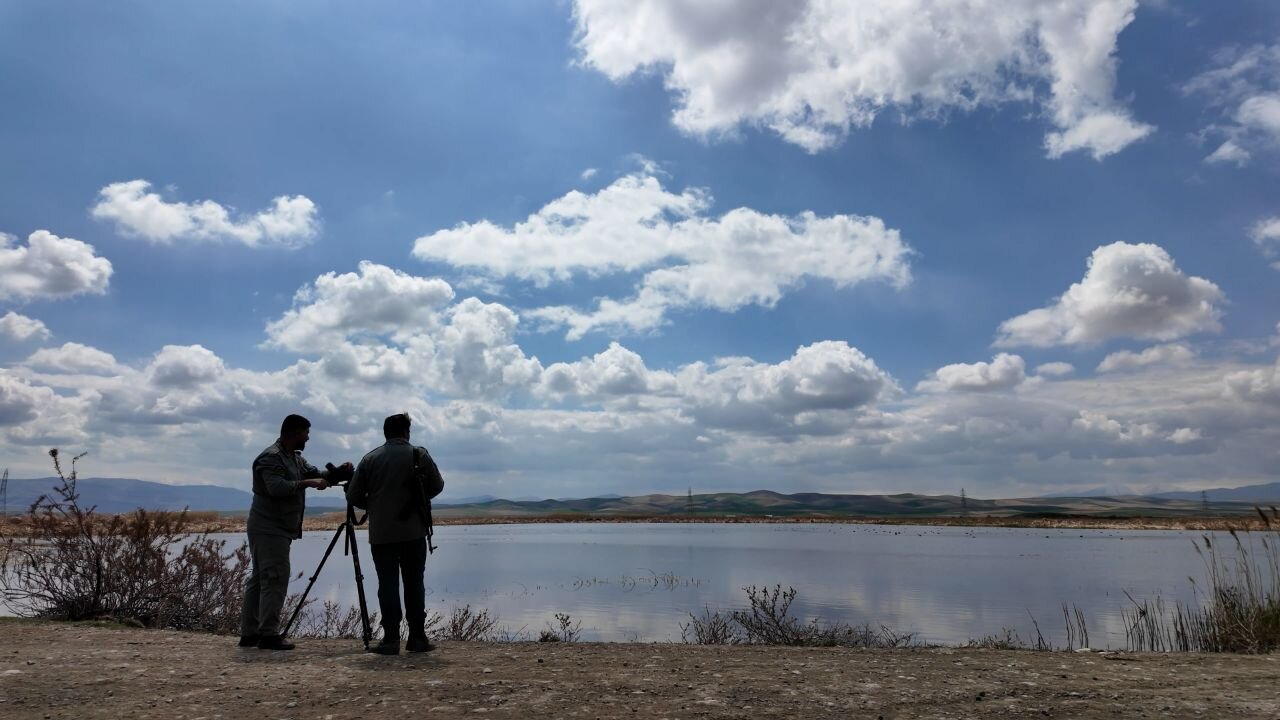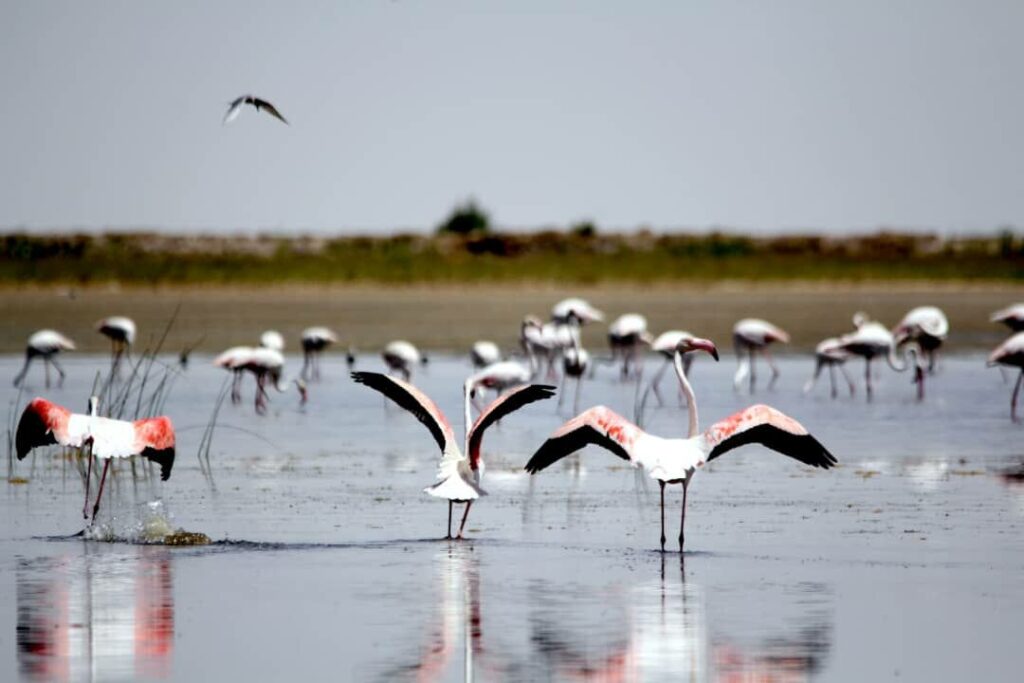Tehran – The Shulgol Wetlands in northwestern Iran are a favourable destination for nature lovers and ecotourists due to their rich biodiversity and unique landscape.
Located at an altitude of 1,286 meters above sea level, Shulgol is located near Nakade city in Western Azarbaijan. It stands as one of the region’s most attractive natural treasures.
The property was designated as a protected area under the Ramsar Convention in 1975. It is home to a wide variety of rare plants and animal species, making it a valuable ecological hotspot.

Spanning around 1,400 hectares, this ecologically rich wetland is located west of the Urmia and Mahabad highways, just five kilometres from the famous Urmia Lake.
This property, aka Schulgol Hassanl, supports more than 50 species of plants, including re-plants, burches and even carnivorous plants that thrive in its unique aquatic environment. However, the true highlight of the Schulgor Wetlands lies in its diverse fauna. The wetlands provide habitat for more than 200 animal species, including 194 species of birds, including a variety of ducks, herons and terns. In addition to the inhabitants of birds, mammals such as foxes, wolves and jackals, as well as rare reptiles such as snakes and frogs, are also found in this extraordinary ecosystem.

One of the most fascinating features of the wetland is the existence of the “living fossil” triops, a prehistoric species of tadpoles shrimp that have survived for millions of years, providing visitors with a glimpse into the ancient past of the Earth.

With its mild climate, breathtaking natural scenery and vibrant biodiversity, the wetlands offer extraordinary opportunities for birdwatching, ecotourism and exploring wetland ecosystems. It is not only an important shelter for wildlife, but it is also a symbol of Iran’s commitment to conserving natural heritage under international frameworks such as the Ramsar Convention.
morning

